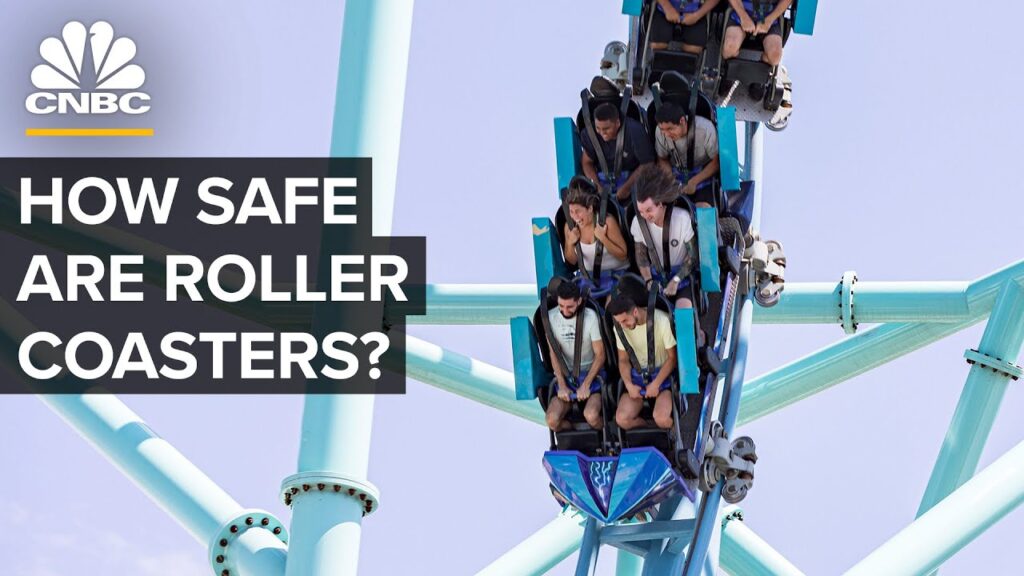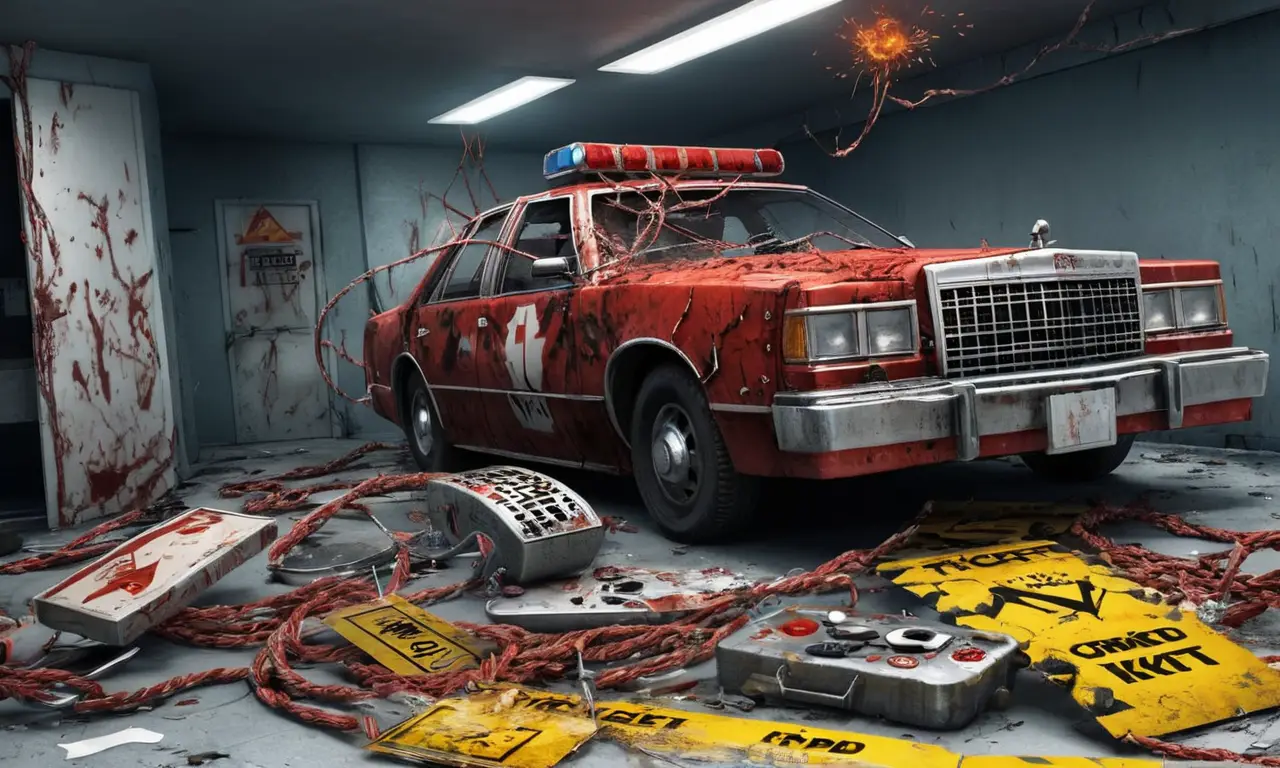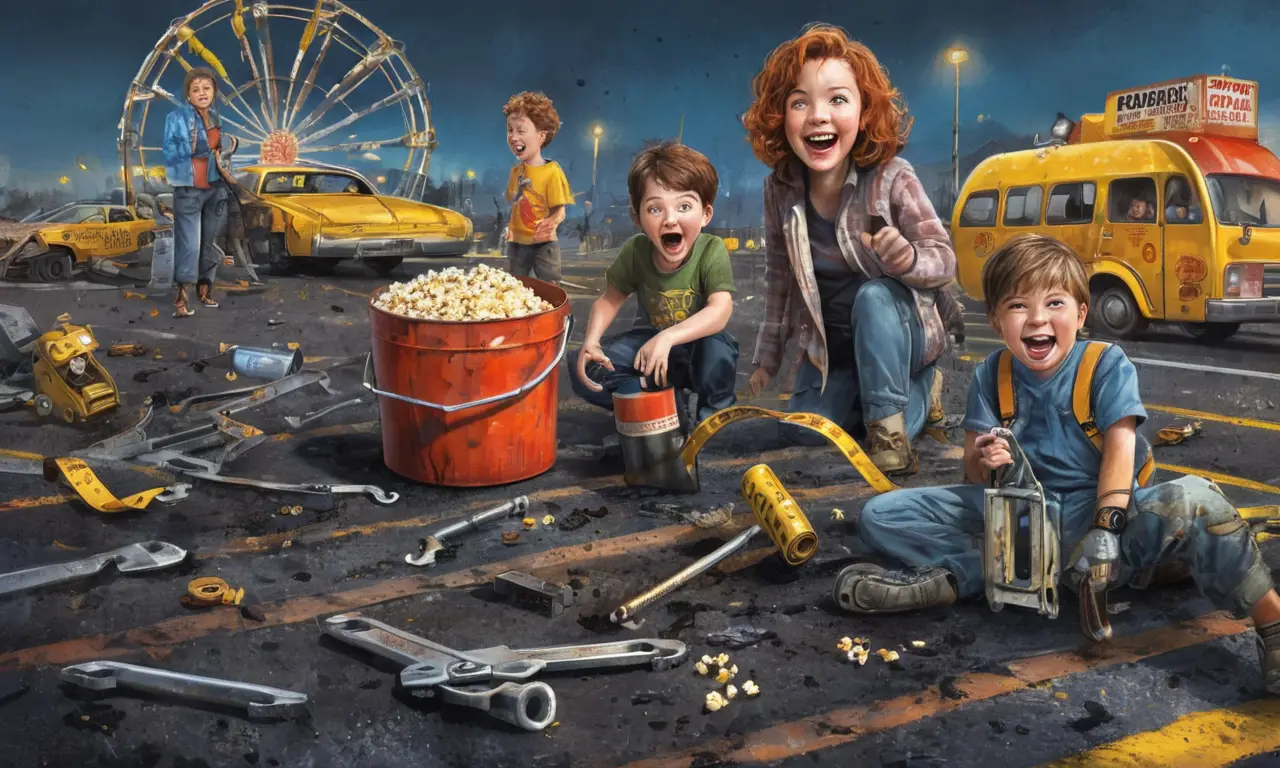
Roller coasters are synonymous with amusement parks, offering exhilarating experiences that send adrenaline surging. However, the inherent risks associated with these high-speed rides often raise concerns about safety. While roller coaster accidents do occur, it’s crucial to understand the statistical reality and the measures in place to ensure rider well-being. This article delves into the world of roller coaster safety, exploring regulations, potential hazards, maintenance practices, and the actual chances of encountering a fatal incident.
This comprehensive guide will examine the stringent safety protocols governing roller coasters, analyze the causes of mechanical failures and rider negligence, shed light on amusement park maintenance procedures, and present factual data on roller coaster fatalities. By understanding these aspects, you can make informed decisions about enjoying this thrilling form of entertainment.
Roller Coaster Safety Regulations
Roller coasters are subject to rigorous safety regulations enforced by government agencies and industry organizations. These regulations aim to minimize risks and ensure the structural integrity, operational reliability, and passenger protection of rides. Key aspects of roller coaster safety regulations include:
- Design Standards: Amusement park ride manufacturers must adhere to strict design standards set by organizations like ASTM International (formerly American Society for Testing and Materials). These standards cover various aspects, including track geometry, braking systems, restraints, and load capacity.
Inspections and Certification: Roller coasters undergo thorough inspections before opening to the public and at regular intervals throughout their operational lifespan. Qualified inspectors verify compliance with safety regulations and identify potential issues that require attention.
Operator Training: Amusement park employees operating roller coasters receive comprehensive training on safety procedures, emergency protocols, and ride maintenance. They are responsible for ensuring riders follow safety guidelines and addressing any concerns or incidents promptly.
- Emergency Response Plans: Amusement parks develop detailed emergency response plans to handle various scenarios, including rider injuries, mechanical malfunctions, and severe weather events. These plans outline evacuation procedures, first aid measures, and communication protocols.
Mechanical Failures on Rides

While roller coasters are designed with multiple safety features, mechanical failures can still occur, posing potential risks to riders. Some common causes of mechanical failures include:
- Wear and Tear: Like any complex machinery, roller coasters experience wear and tear over time. Components such as wheels, bearings, tracks, and braking systems can deteriorate, increasing the likelihood of malfunctions.
Manufacturing Defects: Occasionally, manufacturing defects in components can lead to unexpected failures. This highlights the importance of rigorous quality control measures during the production process.
Environmental Factors: Extreme weather conditions, such as high temperatures, heavy rain, or strong winds, can stress roller coaster structures and systems, potentially contributing to mechanical issues.
- Improper Maintenance: Inadequate maintenance practices can exacerbate existing problems or create new ones. Regular inspections, lubrication, and component replacements are essential for preventing mechanical failures.
Rider Negligence and Accidents
Rider negligence plays a significant role in some roller coaster accidents. Riders who disregard safety instructions or engage in risky behavior can increase the chances of injury or incident. Examples of rider negligence include:
- Failing to Follow Instructions: Ignoring operator instructions regarding seatbelts, restraints, loose articles, or height restrictions can lead to ejection from the ride or other hazards.
Standing Up or Reaching Out: Riders should remain seated and keep their limbs inside the designated areas throughout the entire ride. Standing up or reaching out can result in contact with track elements or other riders.
Tampering with Restraints: Tampering with safety restraints or attempting to bypass them is extremely dangerous and can have fatal consequences.
- Intoxication or Drug Use: Riders under the influence of alcohol or drugs may exhibit impaired judgment, coordination, and reaction time, increasing the risk of accidents.
Amusement Park Maintenance

Amusement parks prioritize maintenance to ensure the safety and reliability of their rides. Regular inspections, repairs, and component replacements are crucial for preventing mechanical failures and mitigating potential hazards.
- Daily Inspections: Ride operators conduct daily inspections before each operating session to identify any visible damage, loose parts, or malfunctions. These inspections often involve checking track alignment, brake systems, restraints, and electrical components.
Scheduled Maintenance: Amusement parks adhere to strict maintenance schedules for roller coasters and other rides. This includes tasks such as lubrication of moving parts, replacement of worn components, and thorough cleaning of the ride structure.
Preventative Measures: Parks implement preventative measures to minimize wear and tear on rides. This can involve using high-quality materials, implementing vibration dampening systems, and monitoring environmental factors that could affect ride performance.
- Record Keeping: Amusement parks maintain detailed records of all inspections, maintenance activities, and repairs performed on roller coasters. These records provide a comprehensive history of the ride’s condition and help identify potential trends or recurring issues.
Statistics on Roller Coaster Fatalities
While roller coasters can be thrilling, it’s important to understand that fatalities are extremely rare. According to reputable sources, the odds of dying on a roller coaster are incredibly low.
- Statistical Data: The National Safety Council (NSC) reports that there were an average of less than one fatal roller coaster accident per year in the United States between 2010 and 2019. This translates to a minuscule risk compared to other everyday activities, such as driving or even walking.
- Contributing Factors: The vast majority of roller coaster fatalities are attributed to rider negligence, such as failing to follow safety instructions or tampering with restraints. Mechanical failures, while possible, are relatively uncommon due to stringent regulations and maintenance practices.
Conclusion
Roller coasters offer an exhilarating experience, but it’s essential to approach them with awareness and respect for safety protocols. While the risk of dying on a roller coaster is statistically insignificant, understanding the factors that contribute to accidents and the measures in place to prevent them can enhance your enjoyment and ensure a safe and memorable ride. By adhering to safety guidelines, choosing reputable amusement parks, and staying informed about ride regulations, you can confidently embrace the thrills of these iconic attractions.
